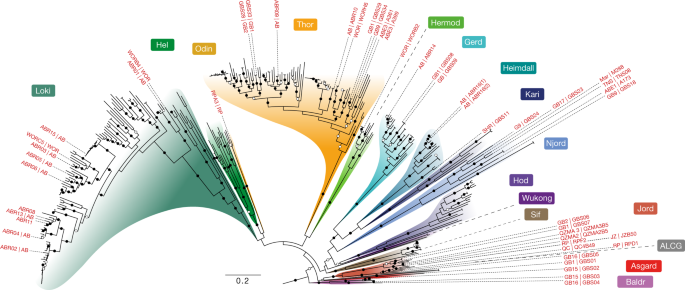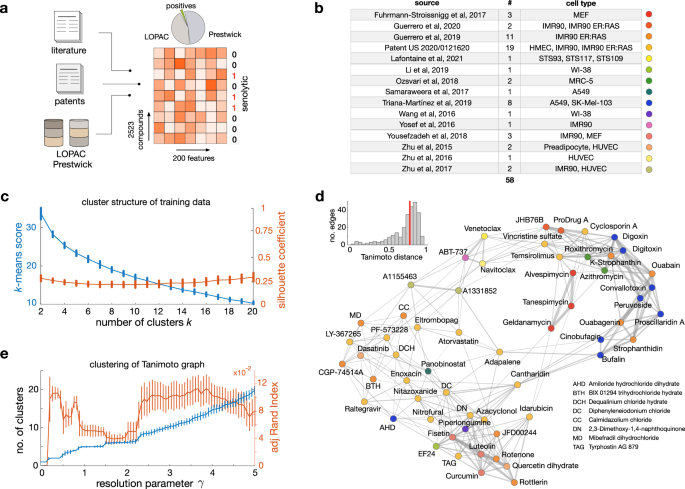2023-06-14 テキサス大学オースチン校(UT Austin)
◆また、約2億年前より遡る真核生物の化石は見つかっておらず、それ以前は様々な種類の微生物しか存在していなかったことが示唆されます。
<関連情報>
- https://news.utexas.edu/2023/06/14/new-clues-about-origin-of-complex-life-trace-roots-to-common-ancestor/
- https://www.nature.com/articles/s41586-023-06186-2
真核生物のヘイムダルカイアルの祖先の推論と再構築 Inference and reconstruction of the heimdallarchaeial ancestry of eukaryotes
Laura Eme,Daniel Tamarit,Eva F. Caceres,Courtney W. Stairs,Valerie De Anda,Max E. Schön,Kiley W. Seitz,Nina Dombrowski,William H. Lewis,Felix Homa,Jimmy H. Saw,Jonathan Lombard,Takuro Nunoura,Wen-Jun Li,Zheng-Shuang Hua,Lin-Xing Chen,Jillian F. Banfield,Emily St John,Anna-Louise Reysenbach,Matthew B. Stott,Andreas Schramm,Kasper U. Kjeldsen,Andreas P. Teske,Brett J. Baker & Thijs J. G. Ettema
Nature Published:14 June 2023
DOI:https://doi.org/10.1038/s41586-023-06186-2

Abstract
In the ongoing debates about eukaryogenesis—the series of evolutionary events leading to the emergence of the eukaryotic cell from prokaryotic ancestors—members of the Asgard archaea play a key part as the closest archaeal relatives of eukaryotes1. However, the nature and phylogenetic identity of the last common ancestor of Asgard archaea and eukaryotes remain unresolved2,3,4. Here we analyse distinct phylogenetic marker datasets of an expanded genomic sampling of Asgard archaea and evaluate competing evolutionary scenarios using state-of-the-art phylogenomic approaches. We find that eukaryotes are placed, with high confidence, as a well-nested clade within Asgard archaea and as a sister lineage to Hodarchaeales, a newly proposed order within Heimdallarchaeia. Using sophisticated gene tree and species tree reconciliation approaches, we show that analogous to the evolution of eukaryotic genomes, genome evolution in Asgard archaea involved significantly more gene duplication and fewer gene loss events compared with other archaea. Finally, we infer that the last common ancestor of Asgard archaea was probably a thermophilic chemolithotroph and that the lineage from which eukaryotes evolved adapted to mesophilic conditions and acquired the genetic potential to support a heterotrophic lifestyle. Our work provides key insights into the prokaryote-to-eukaryote transition and a platform for better understanding the emergence of cellular complexity in eukaryotic cells.


